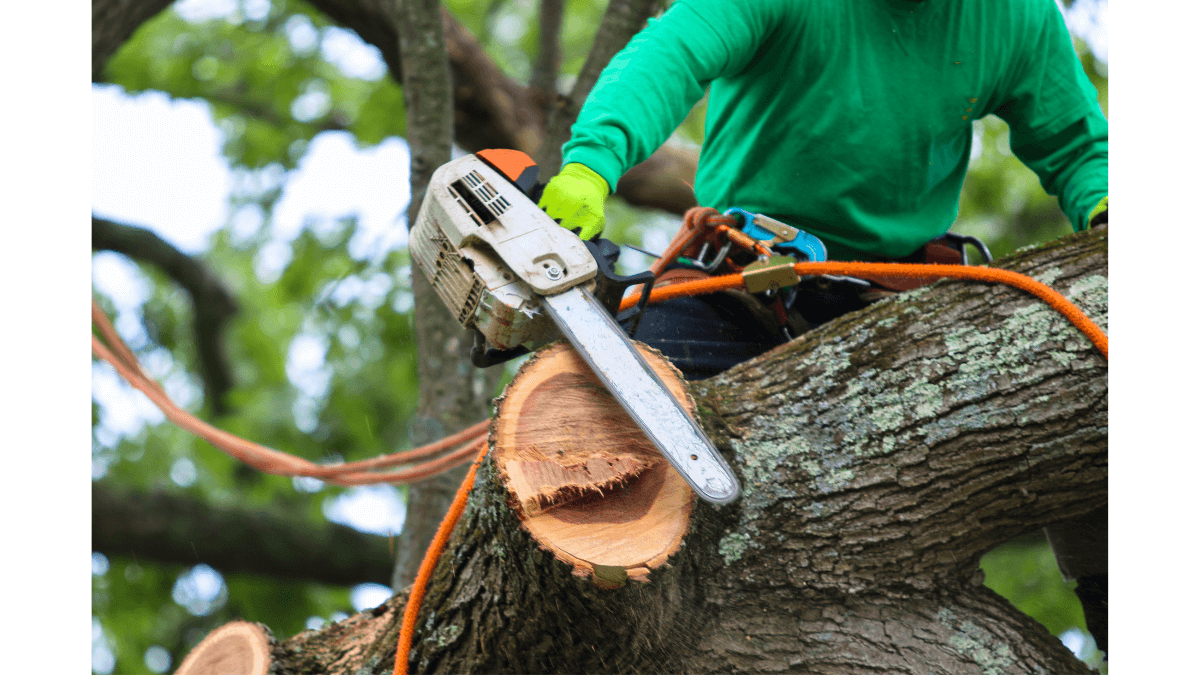Do-it-yourself (DIY) projects can be a rewarding and fulfilling endeavor, but it’s essential to prioritize safety, including protecting your hearing. DIY activities, such as woodworking, home renovations, and yardwork, often involve exposure to loud noises that can have a significant impact on your long-term hearing health.
Let’s explore the risks associated with noise exposure during DIY projects, effective hearing protection strategies, and the importance of safeguarding your hearing while pursuing your creative endeavors.
Understanding the Risks of Noise Exposure
DIY projects frequently involve the use of power tools, machinery, and equipment that emit high levels of noise. Prolonged exposure to these loud sounds can lead to potential hearing damage. This can include temporary or permanent hearing loss, tinnitus (ringing in the ears), and heightened sensitivity to noise. It’s crucial to recognize the potential risks associated with noise exposure during DIY activities and take proactive measures to safeguard your hearing.
Selecting Effective Hearing Protection
Before your next DIY project, take some time to choose the right hearing protection:
- Earmuffs: High-quality earmuffs can provide excellent protection against loud noises, offering a snug and comfortable fit while creating a barrier to reduce sound exposure.
- Earplugs: Disposable or reusable earplugs are convenient options for reducing noise levels, effectively blocking excessive sound while remaining lightweight and unobtrusive.
- Noise-Canceling Headphones: Noise-canceling headphones are an option that not only provides some hearing protection for moderate noise but can also actively reduce ambient noise. This makes them ideal for environments with consistent, moderate-level noise.
- Custom-Molded Earplugs: For a tailored fit and maximum protection, consider custom-molded earplugs, which are designed to precisely match the shape of your ear canal, offering superior comfort and effectiveness in all listening environments.
Implementing Hearing Protection Practices
Here’s how to get the most out of your hearing protection and safeguard your ears:
1. Use Hearing Protection Consistently:
Prioritize using hearing protection whenever engaging in DIY projects that involve loud noises, even if the exposure is anticipated to be brief.
2. Select Appropriate Protection for Each Activity:
Different DIY tasks may require varying levels of hearing protection. Ensure that you have the right type of protection for the specific noise levels and duration of each project.
3. Maintain and Replace Protection Gear:
Regularly inspect and maintain your earmuffs, earplugs, or headphones to ensure they are functioning optimally. Clean them after every use. Replace them if they show signs of wear or deterioration.
4. Position Yourself Away From Noise:
When using loud machinery or tools, position yourself in a way that minimizes direct exposure to the noise source, further reducing the impact on your hearing.
Creating a Hearing-Friendly DIY Environment
In addition to utilizing hearing protection, creating a hearing-friendly environment for your DIY projects can contribute to minimizing excessive noise exposure. Consider implementing the following practices to promote a quieter and safer workspace:
1. Soundproofing:
Where possible, incorporate soundproofing materials or techniques in your workshop or DIY area to help contain and mitigate noise levels.
2. Schedule Noisy Tasks Mindfully:
Plan your DIY activities to minimize consecutive exposure to loud noises. Allocate quieter tasks between those involving significant noise production.
3. Invest in Quieter Tools and Machinery:
When purchasing or renting equipment, opt for models designed with noise-reduction features to minimize overall sound output during operation.
4. Educate Others on Hearing Protection:
If working with others, promote a culture of hearing protection by encouraging everyone to use appropriate gear and fostering awareness of noise-related risks.
Prioritize Healthy Hearing
Prioritizing hearing protection during DIY projects is a fundamental aspect of maintaining your long-term hearing health. By understanding the risks of noise exposure, selecting effective hearing protection, implementing protective practices, and creating a hearing-friendly environment, you can enjoy your DIY pursuits while safeguarding your hearing health.
Whether you’re a hobbyist enthusiast or a seasoned DIY aficionado, incorporating safety measures for hearing protection should be an integral part of your project planning and execution. Remember that proactive steps to protect your hearing today can contribute to a lifetime of continued enjoyment and engagement in the activities you love.
Visit Us For Custom Hearing Protection
Protecting your hearing during DIY projects is a crucial step that should not be overlooked. If you’re ready to explore custom hearing protection options, contact us today. We offer a range of hearing protection to perfectly match your needs.

